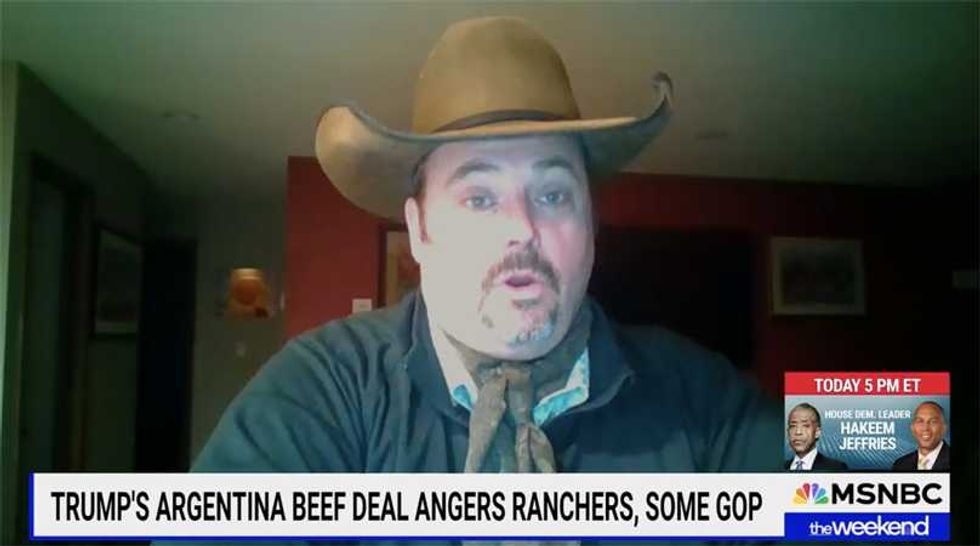UPDATE: In a heated exchange on MSNBC’s “The Weekend,” cattle ranchers are pushing back against former President Donald Trump after his controversial remarks about beef prices. Craig Bieber, vice president of the South Dakota Cattleman’s Beef Association, labeled Trump’s claims as “delusional,” emphasizing the real factors behind rising cattle prices.
This dramatic confrontation unfolded Saturday morning, following Trump’s post on Truth Social earlier this week. Trump asserted that ranchers owe their current success to his administration’s tariffs, including a 50% tariff on cattle from Brazil. He argued, “If it weren’t for me, they would be doing just as they’ve done for the past 20 years — Terrible!”
Bieber vehemently disagreed, stating, “The president is delusional in the fact that he had anything to do with these markets.” He explained that the cattle market was already on an upward trajectory due to long-standing issues such as droughts that had previously diminished cattle numbers, creating an impending shortage. “Almost everybody in the industry that was aware knew this was coming,” Bieber added.
This clash highlights a significant rift between agricultural producers and political leaders, with ranchers feeling their economic realities are misrepresented. Bieber further emphasized that tariffs did not play a role in the market’s current state, calling for a more accurate understanding of the challenges facing cattle ranchers.
Trump’s comments, delivered with his characteristic bravado, have ignited discussions about the real influences on cattle prices and the broader implications for consumers and ranchers alike. As the debate continues, many are left questioning the accuracy of political narratives versus the lived experiences of ranchers on the ground.
This developing story is likely to resonate beyond the ranching community, as consumers increasingly feel the impact of rising beef prices at the grocery store. The urgency for clarity in this matter is palpable, as both ranchers and consumers seek to understand the underlying causes of market fluctuations.
As this situation unfolds, keep an eye on how ranchers respond and whether political figures will adjust their narratives to align with industry realities. This conflict between perception and reality in the cattle market could have lasting effects on both policy and consumer behavior.






